Last Updated on February 28, 2024
This post contains affiliate links.
EDITOR’S NOTE: Aldi sold this again in March of 2024 for $14.99 and in March of 2023 for $16.99.
I love growing things, whether it’s flowers, fruit, and vegetables in containers and raised beds outdoors or orchids, African violets, and fiddle leaf figs indoors. I can almost always find a way to justify adding to my plant collection. Sometimes indoor plants need a boost, though. If natural light conditions aren’t ideal — say, for example, your houseplants are a little far from a bright window — then your plants will benefit from special grow lights.
You can find grow lights at nurseries, hardware stores, or on Amazon (because what can you not find on Amazon?). In February of 2022, Aldi also sold a grow light as a limited-time special. It’s a good way to give your houseplants some extra light, or to get a head start on sprouting seedlings for the spring.
The Aldi grow light is sold under the Gardenline house brand, and it’s a far cry from the purely functional industrial grow lights I’ve seen some gardeners use. The Aldi light is stylish and looks similar to some desktop lamps. It will look right at home in your living room, on a bookshelf, on a fashionable plant stand, or wherever your plants need some extra light.
The Gardenline Dual Head Plant Grow Light cost $34.99 when I bought it in February of 2022. The Aldi light looks almost identical to a Gooing Top grow light sold on Amazon.
The Gardenline light is an Aldi Find, which means it’s only in stores for a short time. Once it sells out, it’s gone, and Aldi will not offer online ordering for it.
The light’s approximate dimensions are about 15 inches tall (with the lights bent at something close to a 90-degree angle), with the base (not including the clip) measuring about 8 inches by 5 inches.
Here’s more information on the light:
- Includes interchangeable solid base or desk clip
- Features a 360° flexible gooseneck
- For indoor plants, flowers, and vegetables
- Full spectrum lights include red, blue, and red/blue for seeding, vegetative growth, and flowering/budding
- Includes an auto ON/OFF timer
- Has nine dimming levels
- 10 watts
- 40 LED lights total
- Made in Taiwan
The grow light comes with a two-year warranty. For after-sales support, call 1-(888)-280-7088 or email service@questwood.asia. Questwood, by the way, is a company that specializes in solar lighting, with headquarters in Taiwan and offices in Australia and North America.
Using the Grow Light:
When you open the box, you’ll find two lights on goosenecks with a clip feature, a solid base, and a manual. The light also includes a controller, a USB connector, and an adapter.
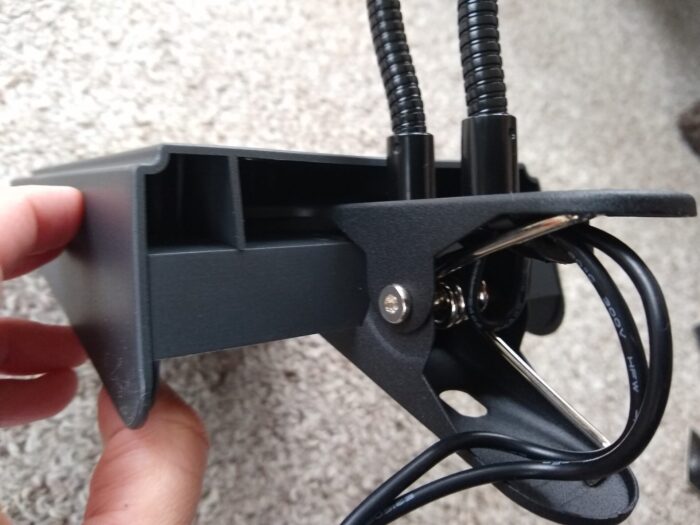
If you want to use the base rather than just clipping the light to a shelf, the clip fastens onto the bottom of the base as shown here.
The controller is easy to use, although the instructions in the manual aren’t well written for that purpose. I had an easier time just pushing buttons on the controller to figure out how things worked rather than reading the manual, portions of which appear to have been written by someone who does not speak English as a first language (especially the section on how the timer works).
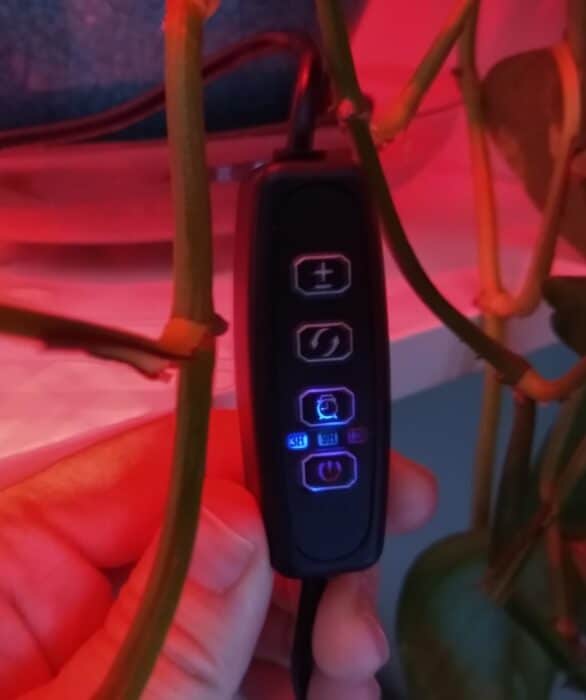
The controller. The top button adjusts brightness level, the next button down changes the light color, the next button controls the timer, and bottom button is the power button.
To operate the light, push the power button to turn it on. To control the timer, press the timer button once to set it to run for 3 hours, or push the button twice to run for 6 hours, or three times to run for 9 hours. The hour amount will light up to indicate what it’s set at. To change the light color, press the button with the swirling arrows. Finally, to control the light brightness level, press the top button repeatedly until you reach your preferred brightness.
The lamp stores the last-used brightness setting, and the time function remembers that starting time and repeats it every 24 hours. You’ll need to reset the timer if you experience a power outage.
The manual and the box explain the functions of the various light colors. The blue light is best for the seedling state to help plants photosynthesize, grow new leaves, synthesize protein, and form fruit. The red light is best for vegetative growth and helps promote the growth of plant rhizomes. The red and blue light (purple) is ideal for flowering and budding, and it helps prolong the flowering period and increase yield.
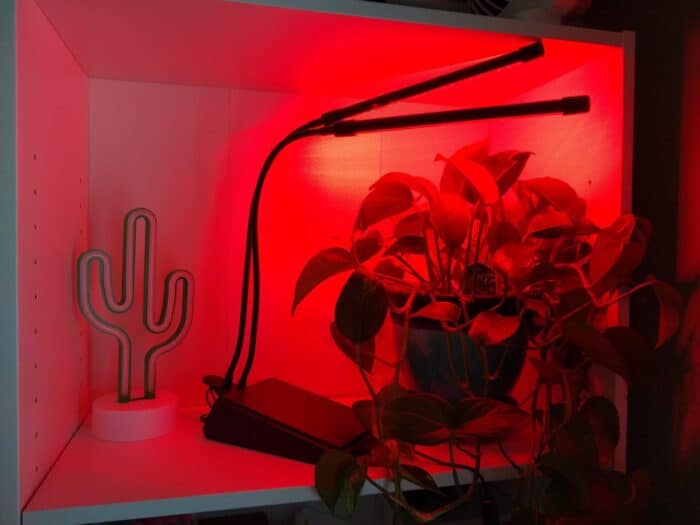
Red light for vegetative growth. (And a cactus lamp, also from Aldi.)
I set up the light on a bedroom shelf next to a pothos plant. It looks nice on the shelf and adds some ambiance to the room. The lights do warm up a bit when they’re turned on, but they don’t seem to get too hot.
This is a stylish-looking light that would be at home anywhere in a home or office. I appreciate how versatile it is and the fact that it can stand on its own (using the included base) or it can be clipped onto a shelf or wherever you want to put it.
The only thing that remains to be seen is how well it operates over time. I’m also not sure how accurate the timer feature is. I’ll update this post with any new developments. In the meantime, this looks like a neat addition to my indoor gardening efforts.
The Verdict:
The Gardenline Dual Head Plant Grow Light offers a boost for indoor houseplants or seedlings, especially if you can’t position your plants or sprouts near a bright window. It’s easy to use and features a timer, several different types of lights for different growth stages, adjustable brightness, flexible goosenecks, and the option to use with a flat base or clip to furniture. If you’re a houseplant aficionado or are looking to get a head start on growing plants from seed for the spring and summer seasons, this light might be worth considering.

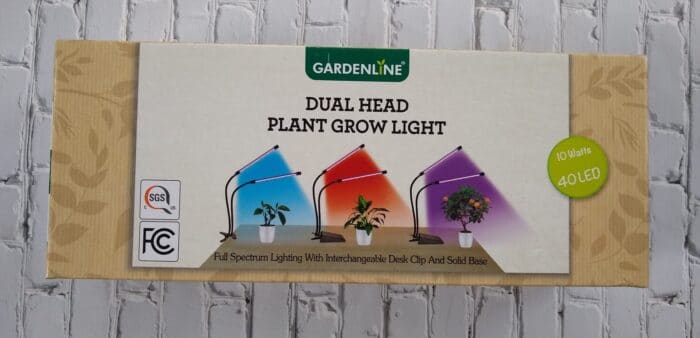
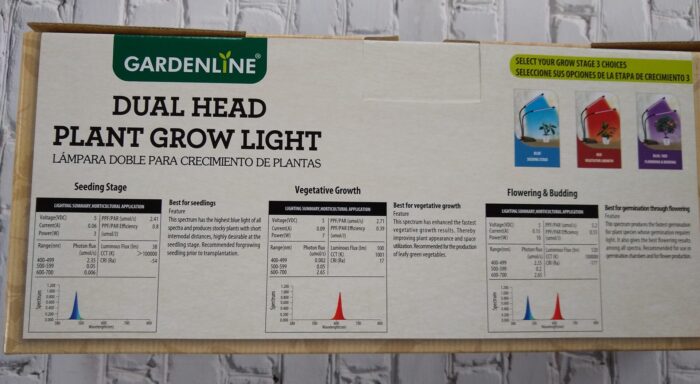
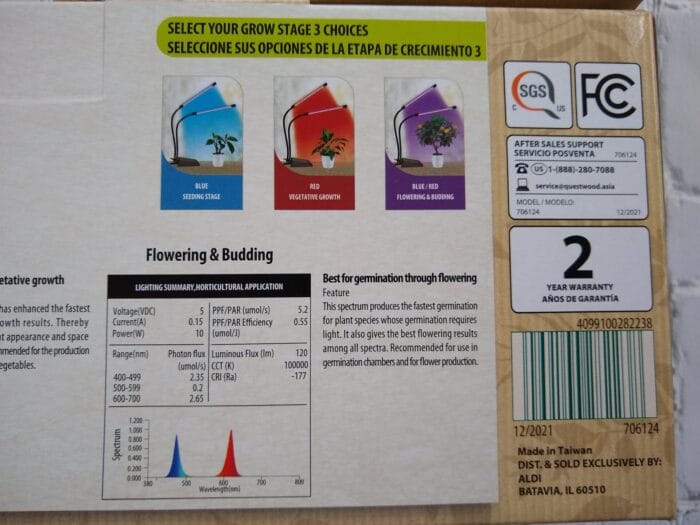

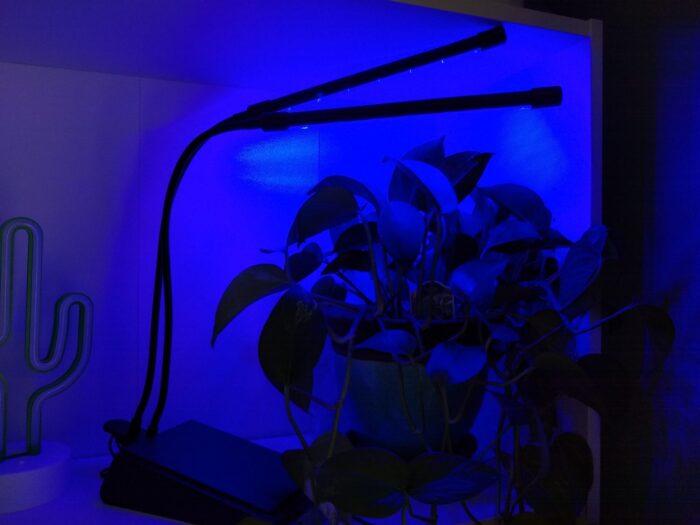
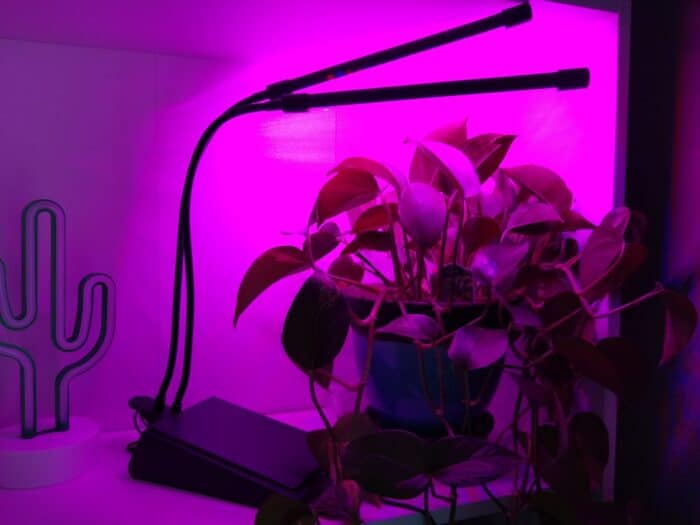
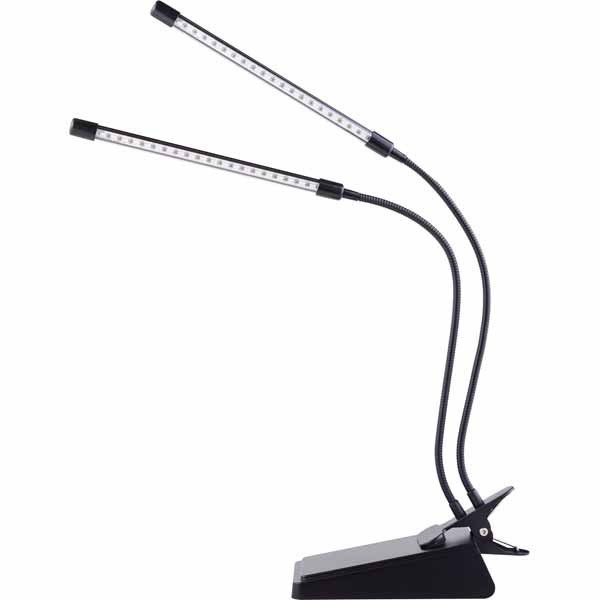
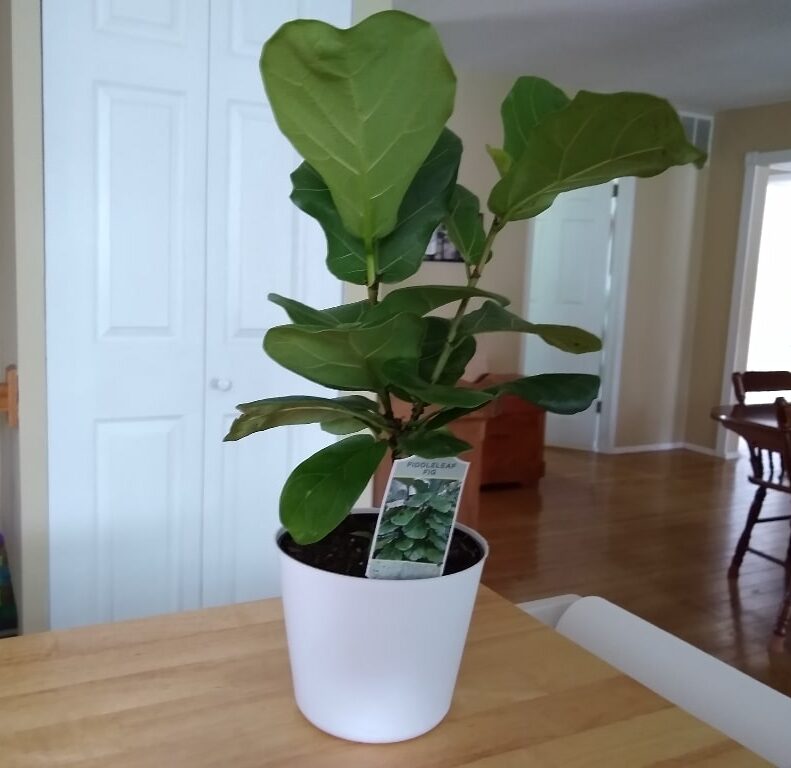
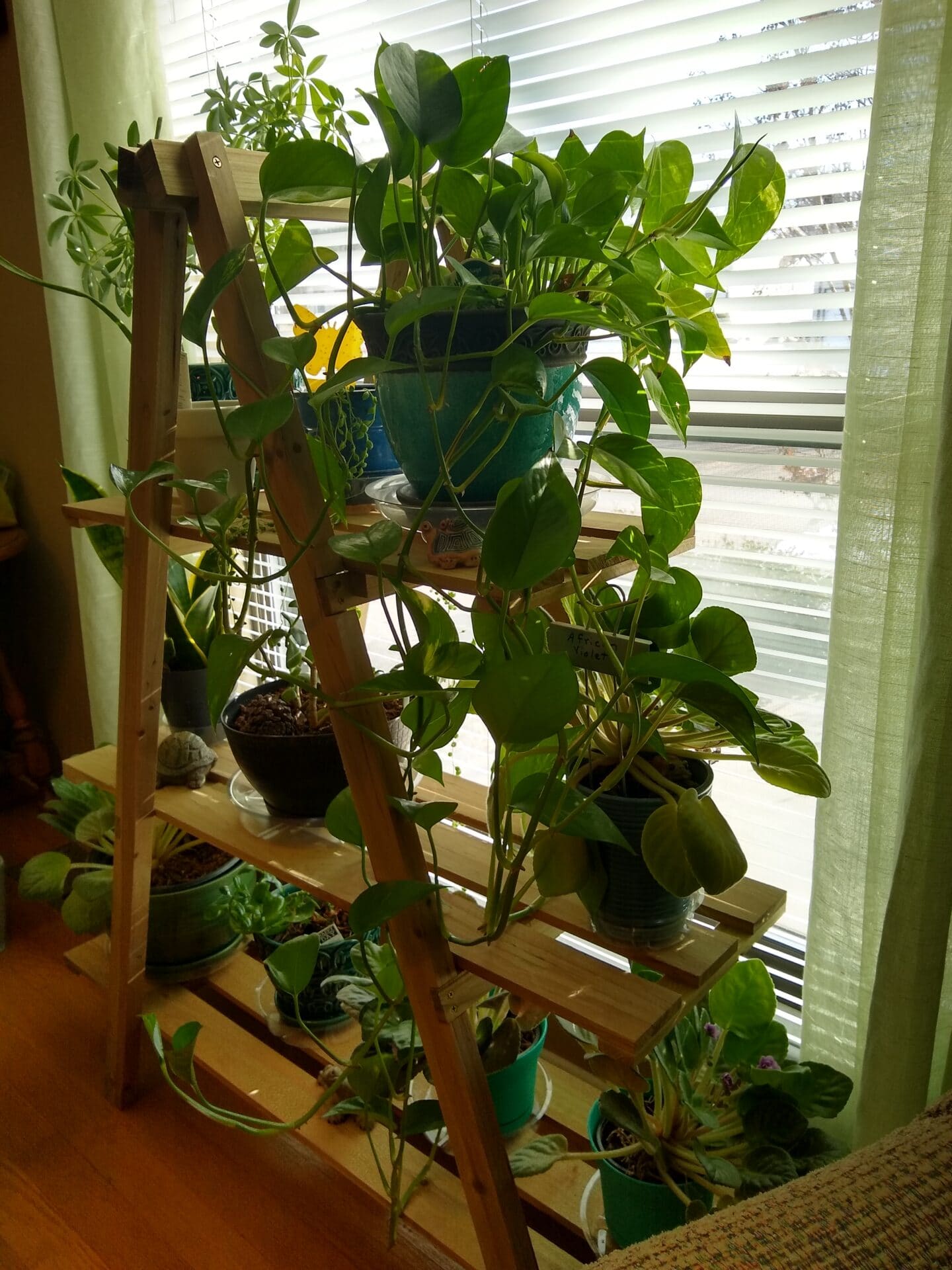
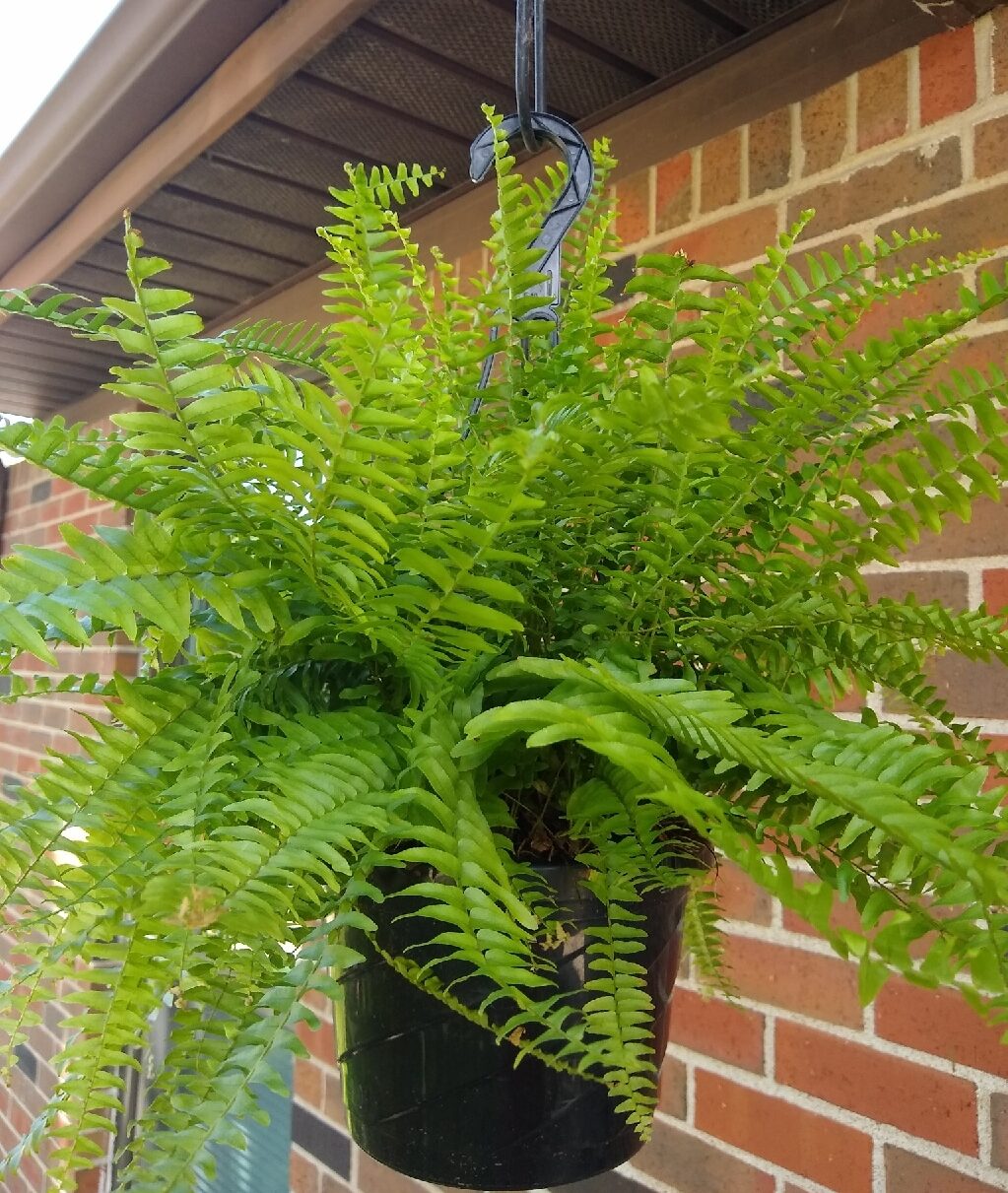
Do you know if this generates enough heat to get a container up to 80-90 degrees if I were to create a mini greenhouse? I’m trying to make an incubator for a classroom science project.
It doesn’t generate heat like that.
Hello!!! I literally just purchased this at my local Aldi for 10.99. Are you overall pleased with this grow light? Any info would be greatly appreciated!! Thank you so much for posting this review!!
Does it state the maximum Kelvin output? Most plants do best at 5000K (U of Wisc).
How far away from the plant should the grow lights be placed?
I keep the light probably about 3 to 4 inches away from the top of my plant.
Are the “bulbs” replaceable? Or will this just become a hunk of e-waste when they die?
I’m not sure about that. Our bulbs are still working well, so it hasn’t been an issue for us.